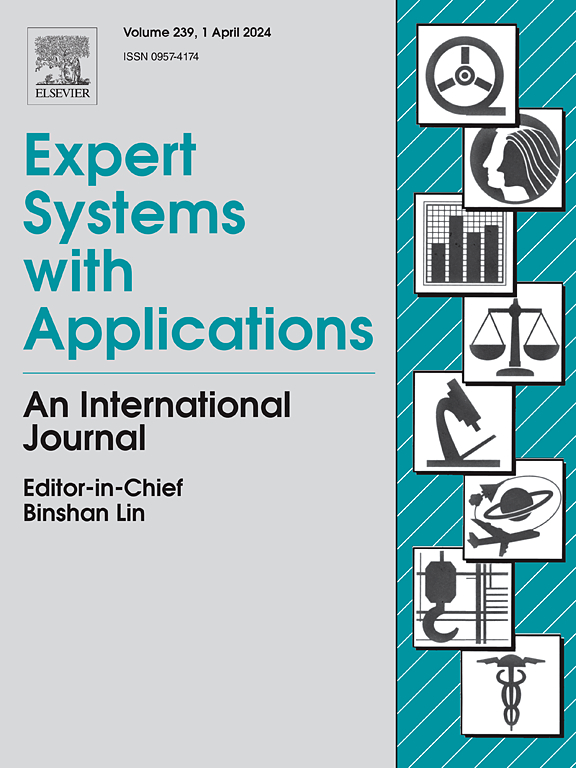A framework to Prediction occupant injuries in rotated seating arrangements
IF 7.5
1区 计算机科学
Q1 COMPUTER SCIENCE, ARTIFICIAL INTELLIGENCE
引用次数: 0
Abstract
This paper describes an innovative computational framework that can address the passive safety of occupants and the prediction of injuries for a wide range of rotated seat arrangements in future autonomous vehicles. An Active Human Model (AHM) wearing a 3-point seat belt with kinematics previously validated using test data was positioned in the rotated seats and simulations were performed for a pre-crash braking phase followed by a frontal collision. The pre-crash braking pulse was parameterised for intensity and shape, both of which affect the collision speed. Computer routines were created to adjust the restraint system response to the impact speed, as well as the crash pulse pattern, based on a Honda Accord MY2011 Finite Element (FE) model. A Design of Experiments (DoE) study was created to explore 400 possible scenarios, and 12 standard injury responses were extracted and converted into AIS2 + and AIS3 + risk values. A Reduced Order Model (ROM), based on the Proper Orthogonal Decomposition (POD) technique, was trained using the 400 scenarios and used to find the seating positions that resulted in AIS2 + and AIS3 + values higher than the base values obtained with the Honda Accord MY2011 FE model. The paper concludes that this new framework is capable of carry out fast computations of dangerous seating positions and the occupant’s kinematics in seconds. The novel framework provides vehicle designers and vehicle safety teams with the capability to identify potentially dangerous positions for the rotated seating arrangements that are envisaged to feature in the cabins of future autonomous vehicles.
旋转座椅安排中的乘员伤害预测框架
本文介绍了一个创新的计算框架,该框架可以解决乘员的被动安全问题,并预测未来自动驾驶汽车中各种旋转座椅布置的伤害情况。将佩戴三点式安全带的主动人体模型(AHM)放置在旋转座椅上,并对碰撞前制动阶段和随后的正面碰撞进行了模拟。对碰撞前制动脉冲的强度和形状进行了参数化,这两个因素都会影响碰撞速度。根据本田雅阁 2011 款有限元 (FE) 模型创建了计算机例程,以调整约束系统对碰撞速度和碰撞脉冲模式的响应。实验设计(DoE)研究探索了 400 种可能的情况,提取了 12 种标准伤害反应,并将其转换为 AIS2 + 和 AIS3 + 风险值。基于适当正交分解(POD)技术的降序模型(ROM)利用这 400 种情景进行了训练,并用于找出导致 AIS2 + 和 AIS3 + 值高于本田雅阁 MY2011 FE 模型基础值的座椅位置。论文的结论是,这一新框架能够在数秒内快速计算危险的座椅位置和乘员的运动学特性。新框架为车辆设计师和车辆安全团队提供了识别旋转座椅布置潜在危险位置的能力,这种旋转座椅布置预计将出现在未来的自动驾驶车辆的驾驶室中。
本文章由计算机程序翻译,如有差异,请以英文原文为准。
求助全文
约1分钟内获得全文
求助全文
来源期刊

Expert Systems with Applications
工程技术-工程:电子与电气
CiteScore
13.80
自引率
10.60%
发文量
2045
审稿时长
8.7 months
期刊介绍:
Expert Systems With Applications is an international journal dedicated to the exchange of information on expert and intelligent systems used globally in industry, government, and universities. The journal emphasizes original papers covering the design, development, testing, implementation, and management of these systems, offering practical guidelines. It spans various sectors such as finance, engineering, marketing, law, project management, information management, medicine, and more. The journal also welcomes papers on multi-agent systems, knowledge management, neural networks, knowledge discovery, data mining, and other related areas, excluding applications to military/defense systems.
 求助内容:
求助内容: 应助结果提醒方式:
应助结果提醒方式:


